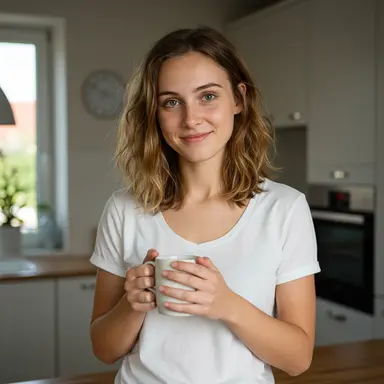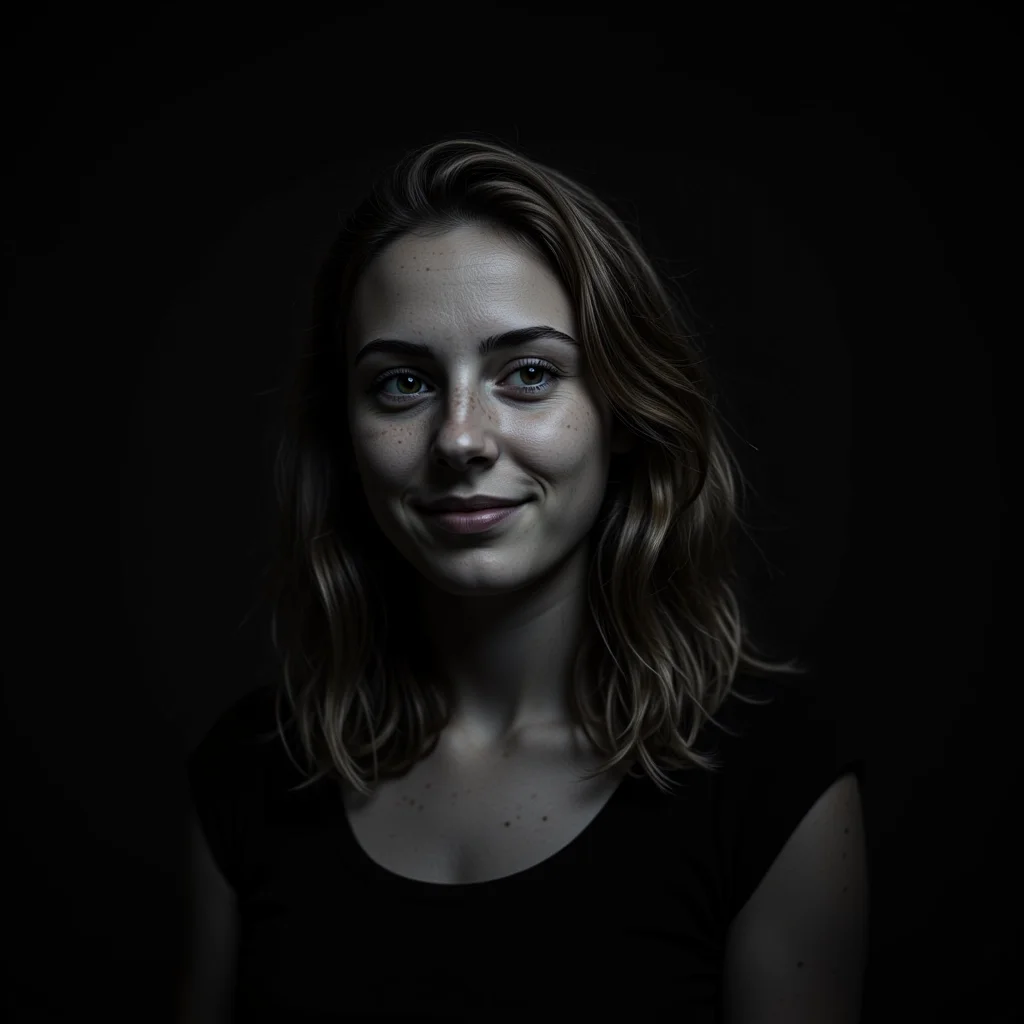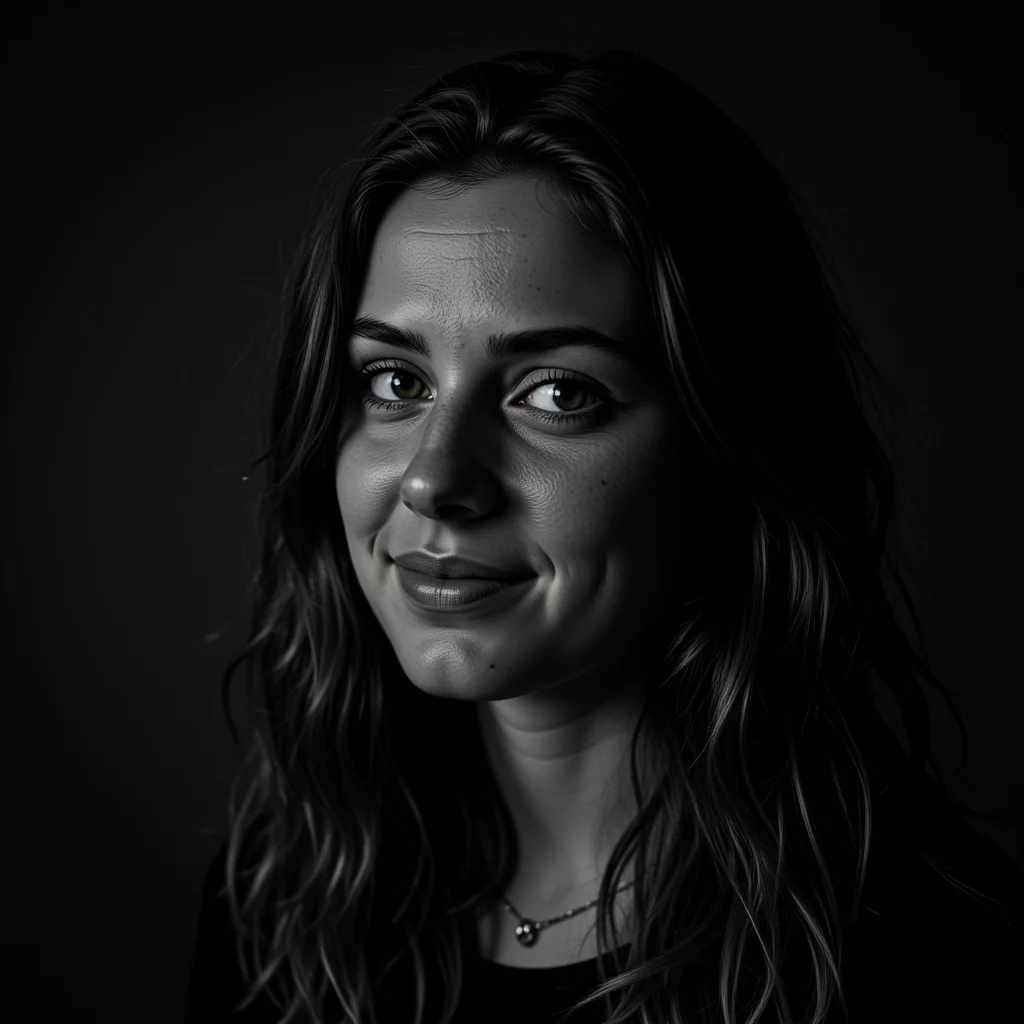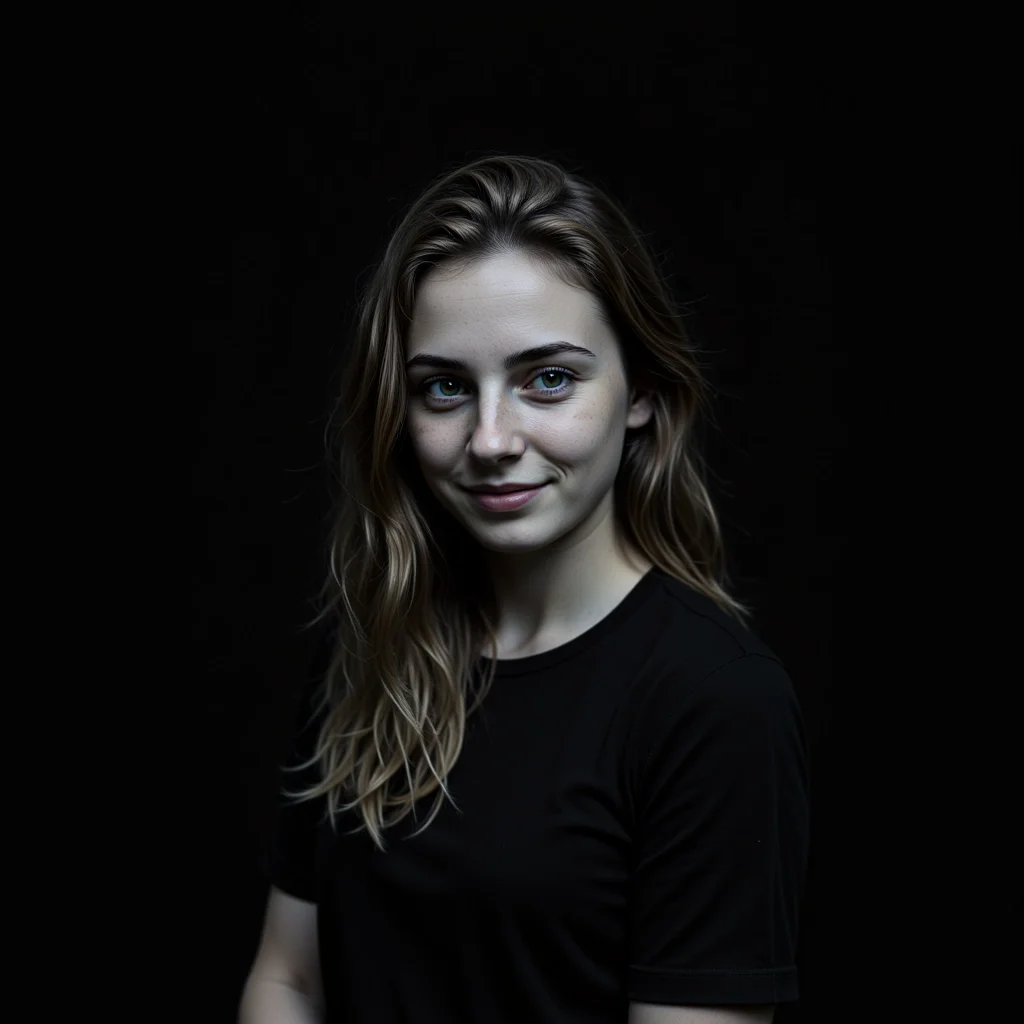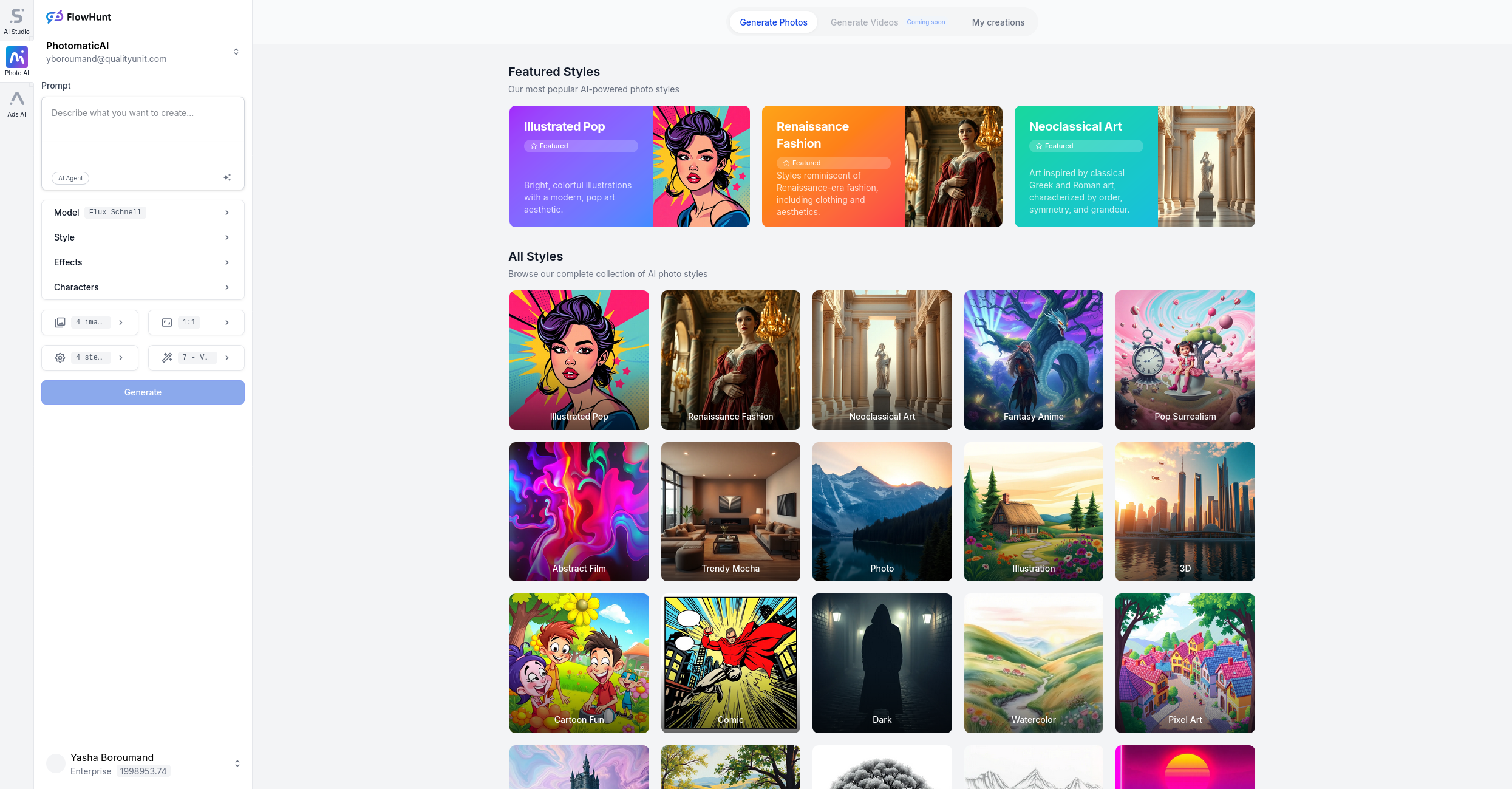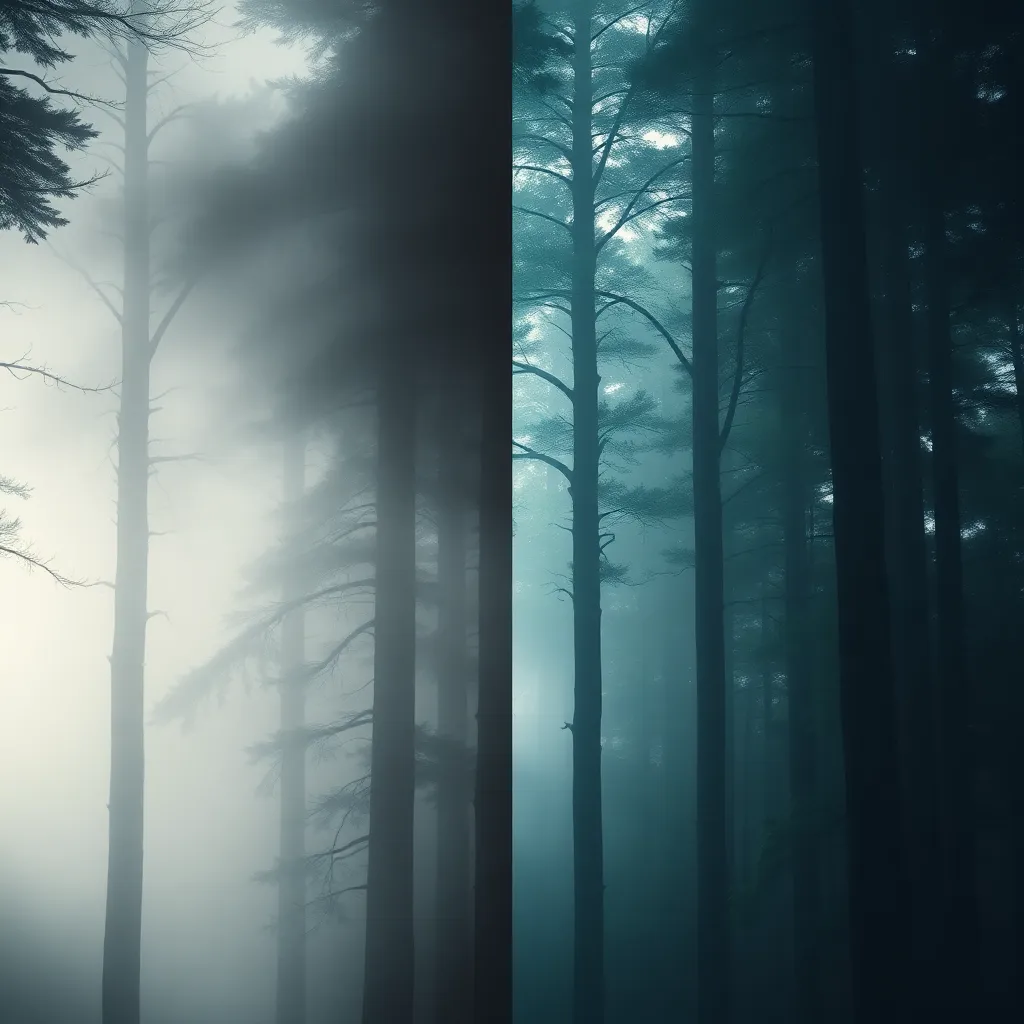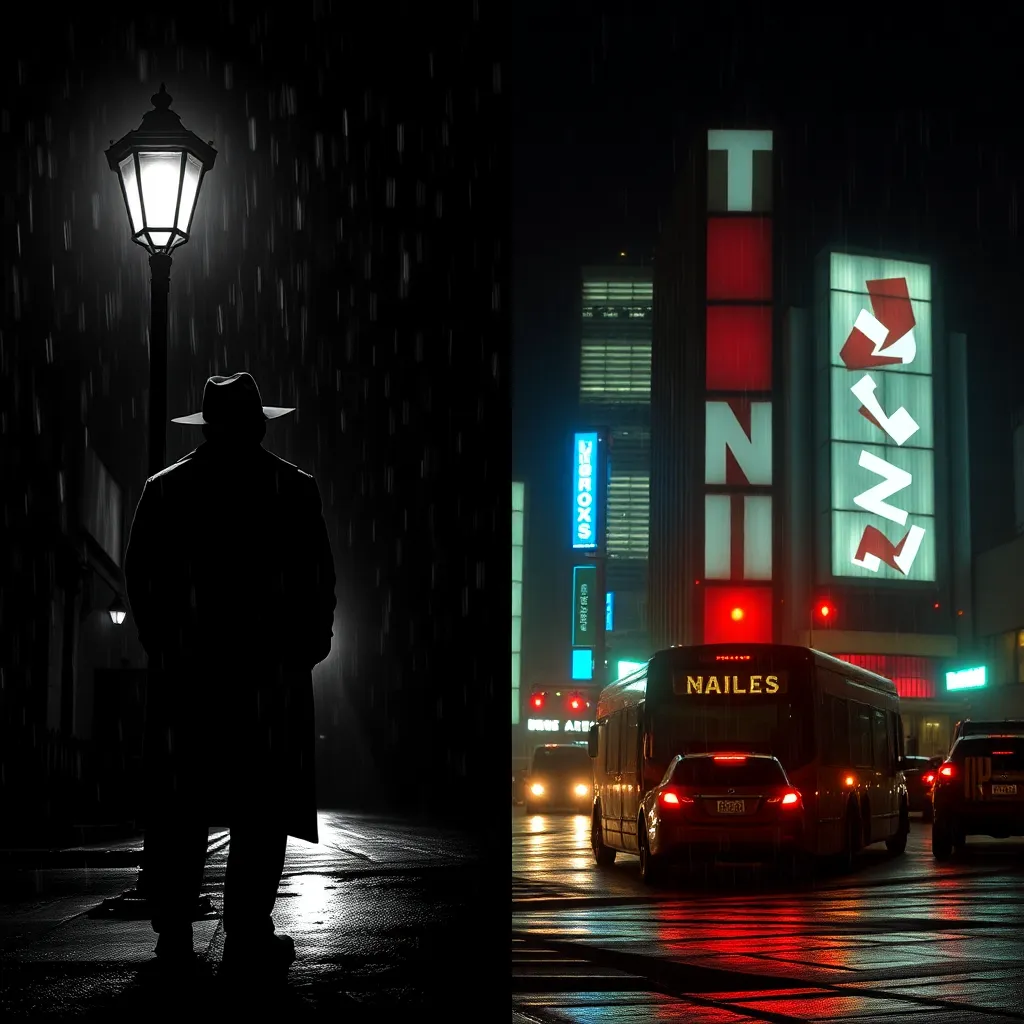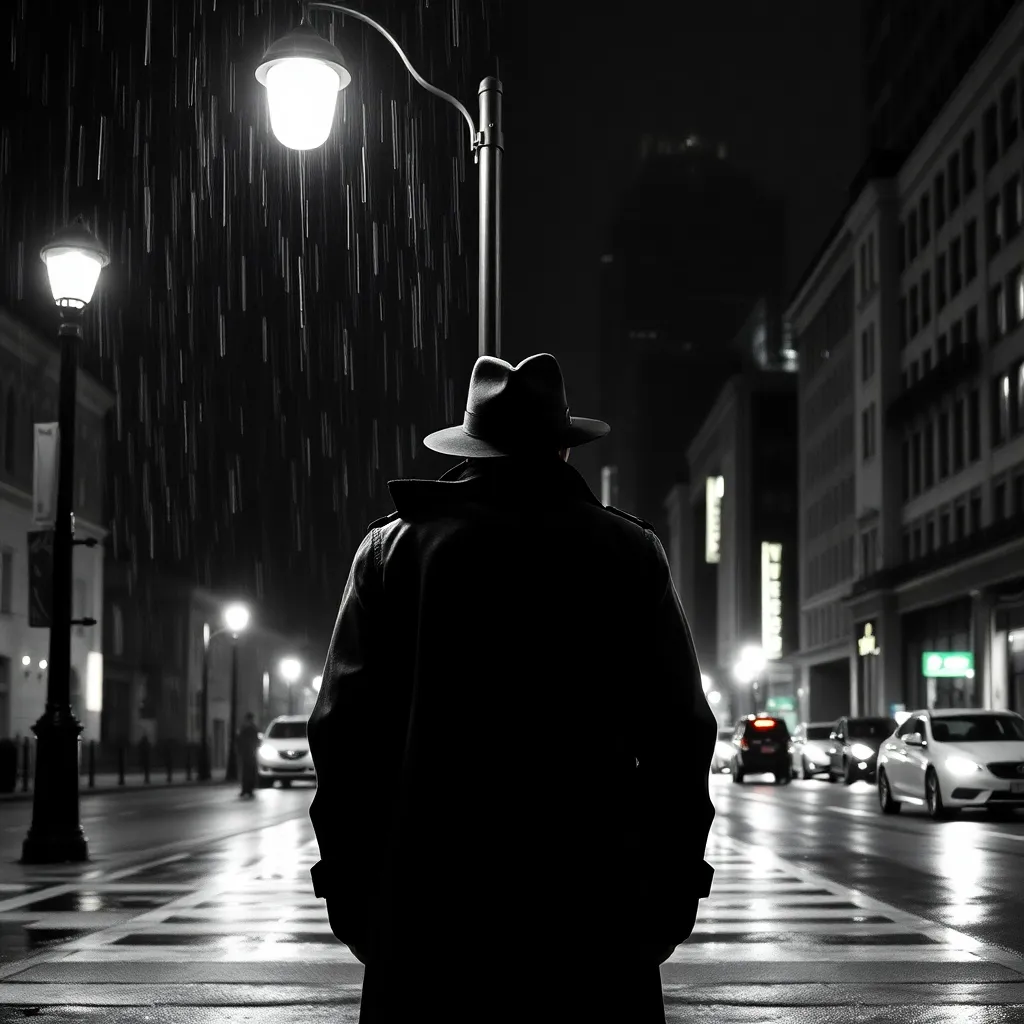
Noir Style Image Generator
Noir Style is a photographic and illustrative effect inspired by the dramatic, high-contrast black-and-white aesthetic of classic 1940s and 1950s film noir. Cha...
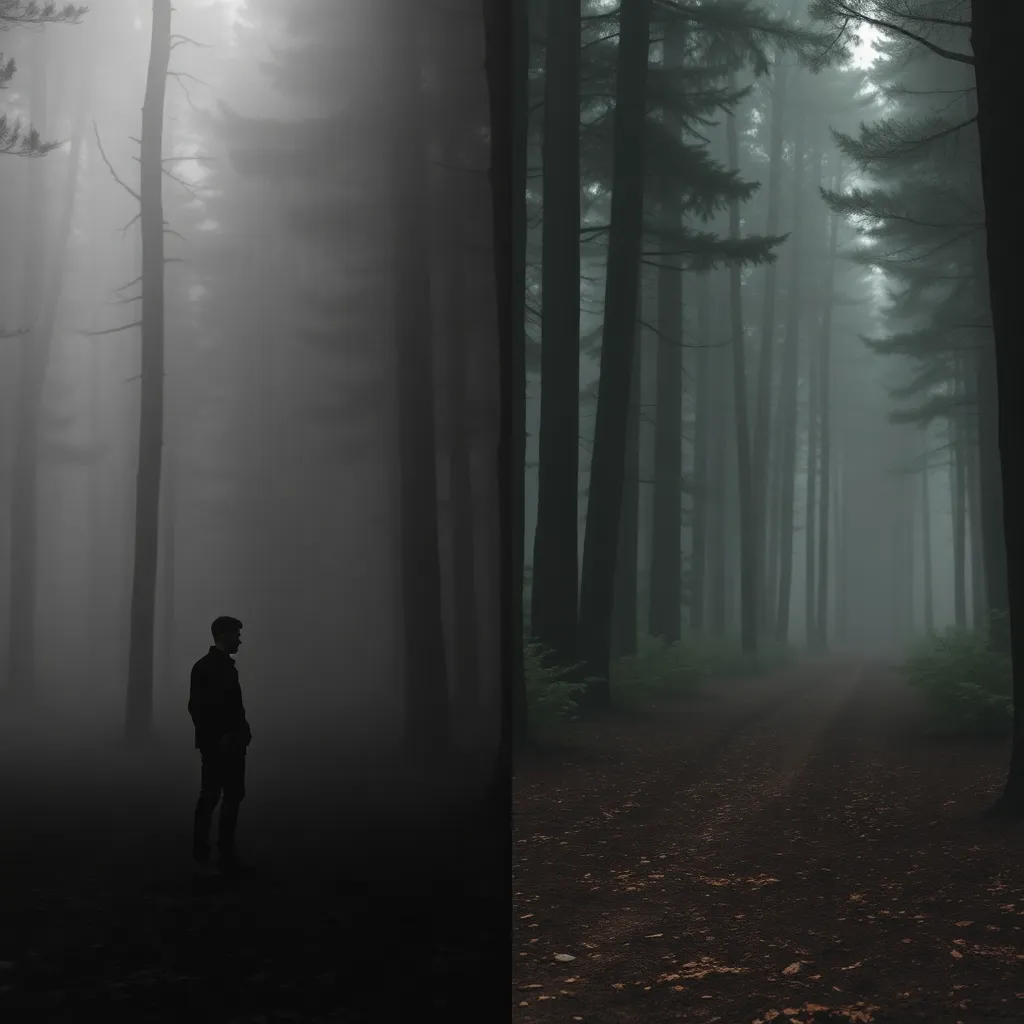
Style
Moody B&W is a powerful black and white photographic style that uses deep contrast, dramatic lighting, and rich tonal range to evoke intense emotion and atmosphere. This iconic effect is prized across genres—from portrait and street photography to landscapes and fine art—creating images that are timeless, evocative, and full of storytelling depth.
Train AI Image Models
Train a unique character from your own everyday photos, apply the ready to use Moody B&W AI Image Generator to generate interesting and eye-catching images.
Starting point for AI training is set of your images. More images of same character can be added to improve the model.
Apply ready to use styles and effects on pretrained model or use custom prompt to generate images.
Images generated from the pretrained model
Use our Photomatic AI image generator to craft stunning images in the Moody B&W style. Experience powerful black and white photography with just a few clicks—capture emotion, drama, and timeless beauty effortlessly!
Generate your own AI images with Moody B&W effects
The Moody B&W style is a bold and evocative approach to black and white photography, characterized by its deep contrast, rich shadows, and atmospheric lighting. Instead of presenting a neutral monochrome, this style intentionally amplifies mood—whether that’s brooding, mysterious, dramatic, or nostalgic—by playing with light, shadow, and texture.
The roots of Moody B&W can be traced back to the early days of photography, when black and white film was the only option. Masters like Ansel Adams, Dorothea Lange, and Henri Cartier-Bresson used the interplay of light and shadow not just for technical reasons but to infuse images with emotional weight. Their work showed that removing color could actually enhance storytelling, focusing attention on subject, emotion, and composition.
In modern times, the Moody B&W style remains beloved across genres. Digital editing allows photographers to push tonal ranges further than ever, embracing everything from inky blacks and ghostly highlights to subtle grays, all in service of mood and atmosphere.
Moody B&W appeals to a wide spectrum of photographers:
Whether you’re seeking to capture the soul of a person, the energy of a city, or the spirit of nature, Moody B&W offers a timeless toolkit for emotional storytelling.
Moody B&W enhances photos in several powerful ways:
By stripping away color, the viewer’s attention is drawn to facial expressions, body language, and the interplay of light and shadow. This makes the emotional core of the image more immediate and impactful.
Deep blacks, stark whites, and pronounced contrast turn ordinary scenes into dramatic visual narratives. This is especially effective in portraits, urban scenes, and landscapes with dynamic lighting or weather.
Without color distractions, textures—wrinkles, raindrops, fur, stone, clouds—become more pronounced. Adjusting contrast and clarity in editing can further enhance these tactile qualities.
Moody B&W images often feel classic and enduring. They evoke a sense of nostalgia or universality, making them resonate across generations.
With color removed, the eye is naturally led to lines, shapes, and contrasts. This helps photographers guide the viewer’s attention exactly where they want it.
The interplay of darkness and light can be used symbolically, amplifying themes of hope, struggle, solitude, or beauty.
Use Moody B&W for character studies, emotive headshots, or dramatic environmental portraits. It’s ideal when you want to highlight depth of feeling, personality, or vulnerability. The absence of color puts every nuance—smile, frown, furrow—front and center.
Moody B&W turns city streets into cinematic backdrops, perfect for capturing the energy, grit, and solitude of urban life. Nighttime rain, neon reflections, and bustling crowds all take on a timeless, film-noir quality.
When weather is dramatic—stormy skies, fog, or stark winter light—Moody B&W accentuates the majesty and mood of nature. It works particularly well for rugged mountains, forests, or seascapes with strong light/shadow play.
For abstract, conceptual, or experimental work, Moody B&W provides a canvas for exploring light, form, and symbolism. High contrast and soft focus can create otherworldly, introspective images.
Historic or human-interest stories gain impact in Moody B&W. The style can make the subject’s circumstances feel universal, stripping away distractions and focusing on narrative and emotion.
Capturing animals in Moody B&W highlights their character and emotion—whether it’s the intensity of a wolf’s gaze or the texture of feathers or fur. This approach can make wildlife photography feel intimate and powerful.
Look for scenes with strong directional light, high contrast, or interesting shadows. Moody B&W thrives on the interplay between darkness and illumination.
Don’t just desaturate your images. Use editing tools to deepen blacks, fine-tune highlights, and enhance mid-tones. Dodge and burn specific areas to guide the viewer’s eye.
Adding a touch of grain or emphasizing texture can amplify mood and evoke the feel of classic film photography.
Simple, bold compositions work especially well in high-contrast B&W. Use leading lines, negative space, and symmetry to create visual impact.
Every Moody B&W photo should have a clear subject or narrative. Whether it’s a fleeting emotion or a grand landscape, make sure your image conveys feeling and meaning.
The Moody B&W style is a timeless and evocative approach that transforms ordinary moments into extraordinary visual stories. Whether you’re a seasoned pro or an enthusiastic beginner, experimenting with this style can help you see light, shadow, and emotion in new ways—and create images that linger in the mind long after the viewer has looked away. Try Moody B&W today and discover the depth and drama it can bring to your photography!
Automate your image generation with AI Agents
The Moody B&W style is a black and white photographic approach that emphasizes deep contrast, dramatic lighting, and rich tonal variations to evoke powerful emotions and atmosphere. This style is used to create images that are intense, evocative, and timeless.
You can achieve the Moody B&W look by converting your images to black and white and using post-processing tools to enhance contrast, deepen shadows, and emphasize textures. Adjusting exposure, clarity, and adding vignettes can further intensify the mood.
Moody B&W is especially effective for portrait, street, documentary, landscape, fine art, and even animal photography. It’s ideal whenever you want to highlight emotion, atmosphere, or storytelling through your images.
Photographers choose Moody B&W to strip away distractions, focusing the viewer on emotion, composition, light, and shadow. This style often creates a timeless and contemplative feel, making the subject and story more impactful.
Yes! While mastering the style takes practice, many beginner-friendly editing tools and AI generators can help you easily apply Moody B&W effects. Studying classic black and white images can also help you understand how light and contrast shape mood.
Let us help you automate your marketing tasks. Our platform allows you to create custom AI chatbots, agents, and workflows that can handle a wide range of tasks, from customer support to content generation.
Generate professional marketing visuals in seconds. Our AI creates stunning images that maintain brand consistency across all your campaigns without expensive design services.
Produce large volumes of customized content efficiently. Create hundreds of images, blog posts, and marketing materials simultaneously with our AI automation workflows.
Train AI models on your brand assets to create unique, on-brand visuals for any campaign. Maintain consistent visual identity across all marketing channels with character training technology.
Noir Style is a photographic and illustrative effect inspired by the dramatic, high-contrast black-and-white aesthetic of classic 1940s and 1950s film noir. Cha...
Dark Style is a dramatic photographic effect characterized by deep shadows, high contrast, and moody tones. Popular in portrait, urban, fashion, and fine art ph...
Fin Out Noir is a dramatic photographic style inspired by the iconic look of classic Film Noir cinema. Characterized by high-contrast black and white imagery, d...
